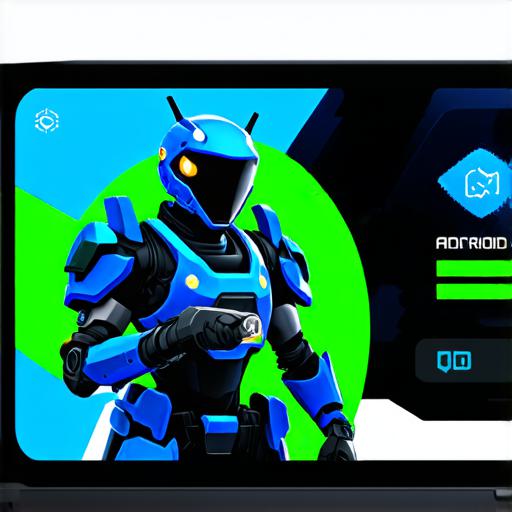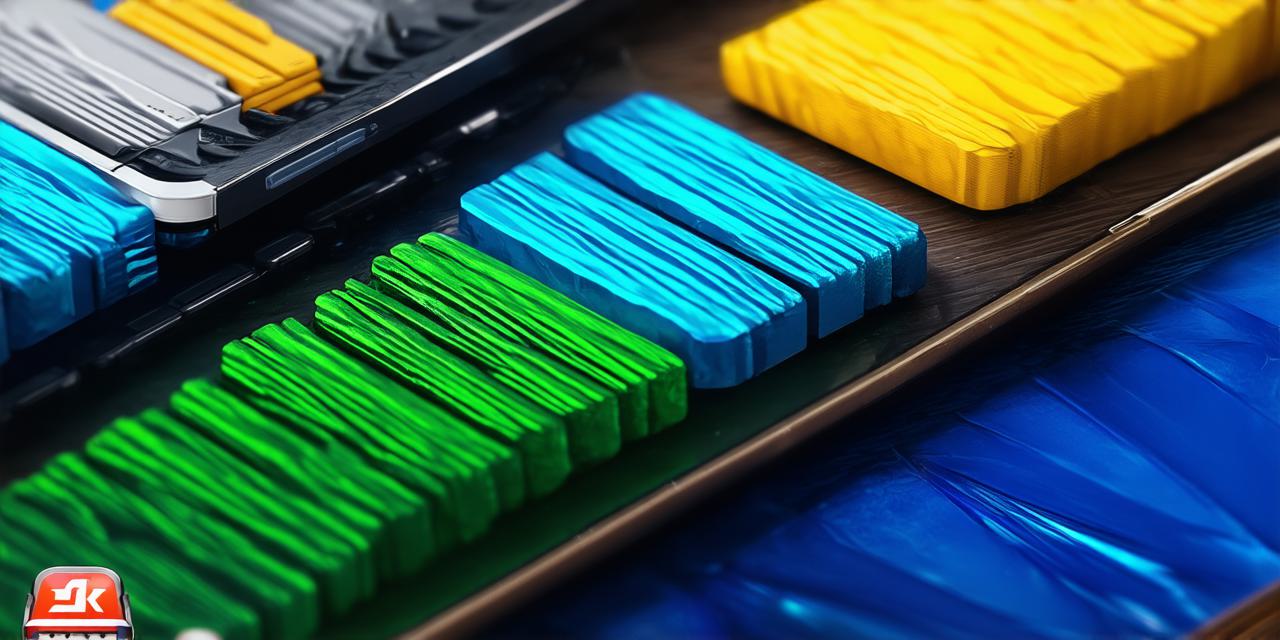Android games have become increasingly popular over the years, with millions of users worldwide enjoying their entertainment value.
1. Optimize Your Code for Performance
One of the most important factors in creating a successful Android game is optimizing your code for performance. This means using efficient algorithms, minimizing memory usage, and avoiding unnecessary operations that can slow down your game. There are several tools available to help you optimize your code, such as profiling tools like DDMS (Debug Database Manager) and JProfiler, which allow you to monitor the performance of your app and identify areas where you can improve it. Additionally, you can use techniques like lazy loading and code splitting to reduce the initial load time of your game and improve its overall speed.
2. Use App Bundles for Faster Downloads and Installation
App bundles are a feature of the Android platform that allows you to bundle only the parts of your app that are necessary for a specific user. This can significantly reduce the size of your app, making it faster to download and install on users’ devices. App bundles also allow you to update individual components of your app without requiring users to download the entire app again. By using app bundles, you can improve the overall user experience of your game and attract more players who are looking for fast and efficient apps.
3. Optimize Your Graphics for Better Performance
Graphics play a crucial role in creating an engaging and immersive gaming experience. However, optimizing your graphics for performance can be a challenging task, especially when dealing with complex scenes and effects. To improve the speed and efficiency of your game’s graphics, you can use techniques like texture compression, LOD (Level of Detail) rendering, and dynamic lighting. These techniques allow you to reduce the amount of data that needs to be processed by the device’s GPU, improving the overall performance of your game.
4. Use Push Notifications to Keep Players Engaged
Push notifications are an effective way to keep players engaged with your game and encourage them to return for more. By sending personalized push notifications based on a user’s activity in your game, you can create a sense of urgency and excitement that keeps them coming back for more. Additionally, you can use A/B testing to optimize the content and timing of your push notifications, ensuring that they are as effective as possible in keeping players engaged with your game.
5. Use Social Media to Promote Your Game
Social media is a powerful tool for promoting your game and attracting new users. By using social media platforms like Facebook, Twitter, and Instagram to share updates and teasers about your game, you can build a community of interested players who are eagerly awaiting its release. Additionally, you can use social media advertising to target specific audiences and drive more downloads and installs of your game.
FAQs

Q: How do I optimize my code for performance?
You can optimize your code by using efficient algorithms, minimizing memory usage, and avoiding unnecessary operations that can slow down your game. Tools like profiling tools like DDMS (Debug Database Manager) and JProfiler can help you monitor the performance of your app and identify areas where you can improve it.
Q: What are app bundles?
App bundles are a feature of the Android platform that allows you to bundle only the parts of your app that are necessary for a specific user. This can significantly reduce the size of your app, making it faster to download and install on users’ devices.
Q: How do I optimize my graphics for better performance?
You can optimize your graphics by using techniques like texture compression, LOD (Level of Detail) rendering, and dynamic lighting. These techniques allow you to reduce the amount of data that needs to be processed by the device’s GPU, improving the overall performance of your game.
Q: How do I use push notifications to keep players engaged?
You can use push notifications to keep players engaged by sending personalized push notifications based on a user’s activity in your game. Additionally, you can use A/B testing to optimize the content and timing of your push notifications, ensuring that they are as effective as possible in keeping players engaged with your game.
Q: How do I promote my game on social media?
You can promote your game on social media by sharing updates and teasers about your game on platforms like Facebook, Twitter, and Instagram. Additionally, you can use social media advertising to target specific audiences and drive more downloads and installs of your game.
